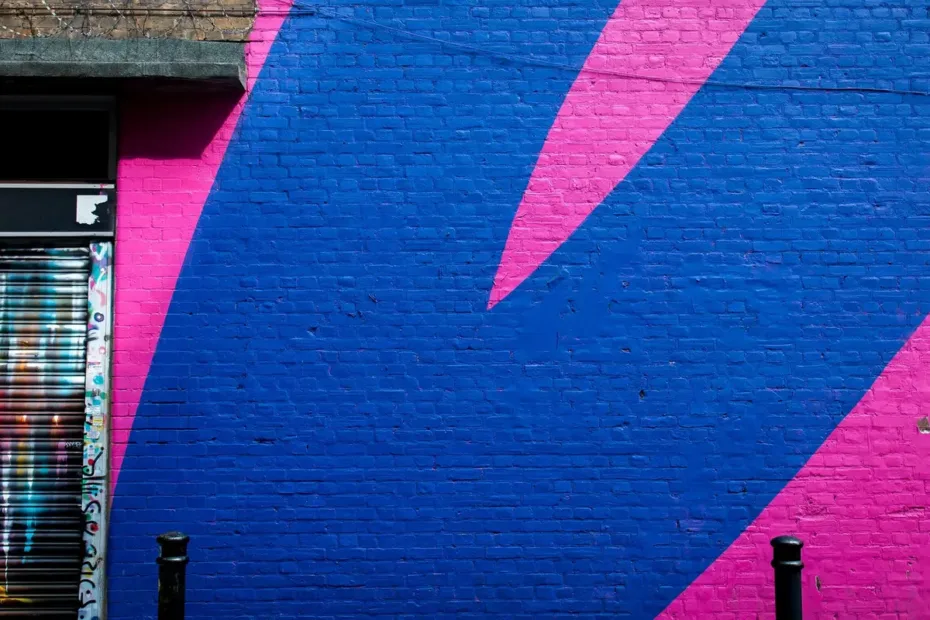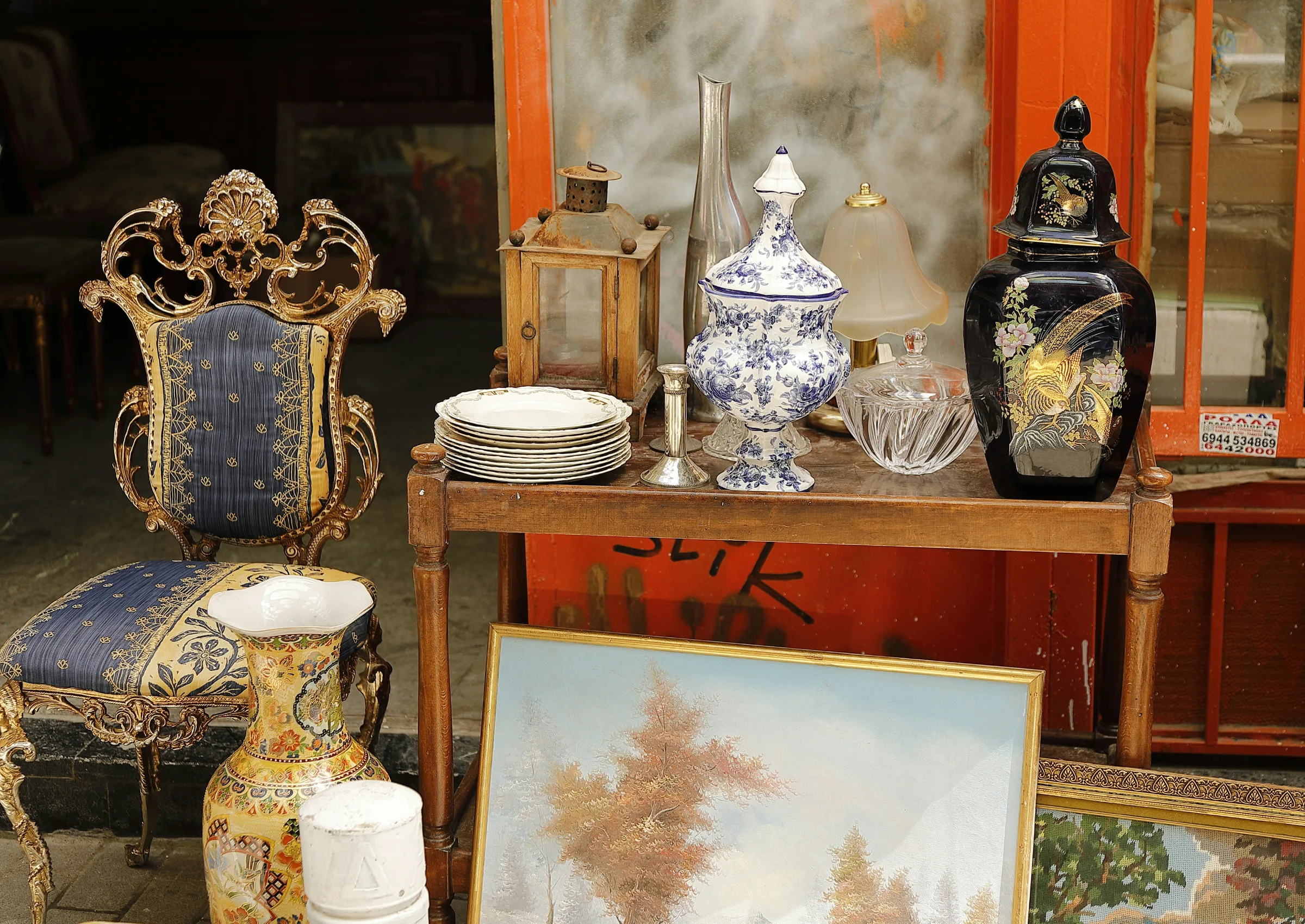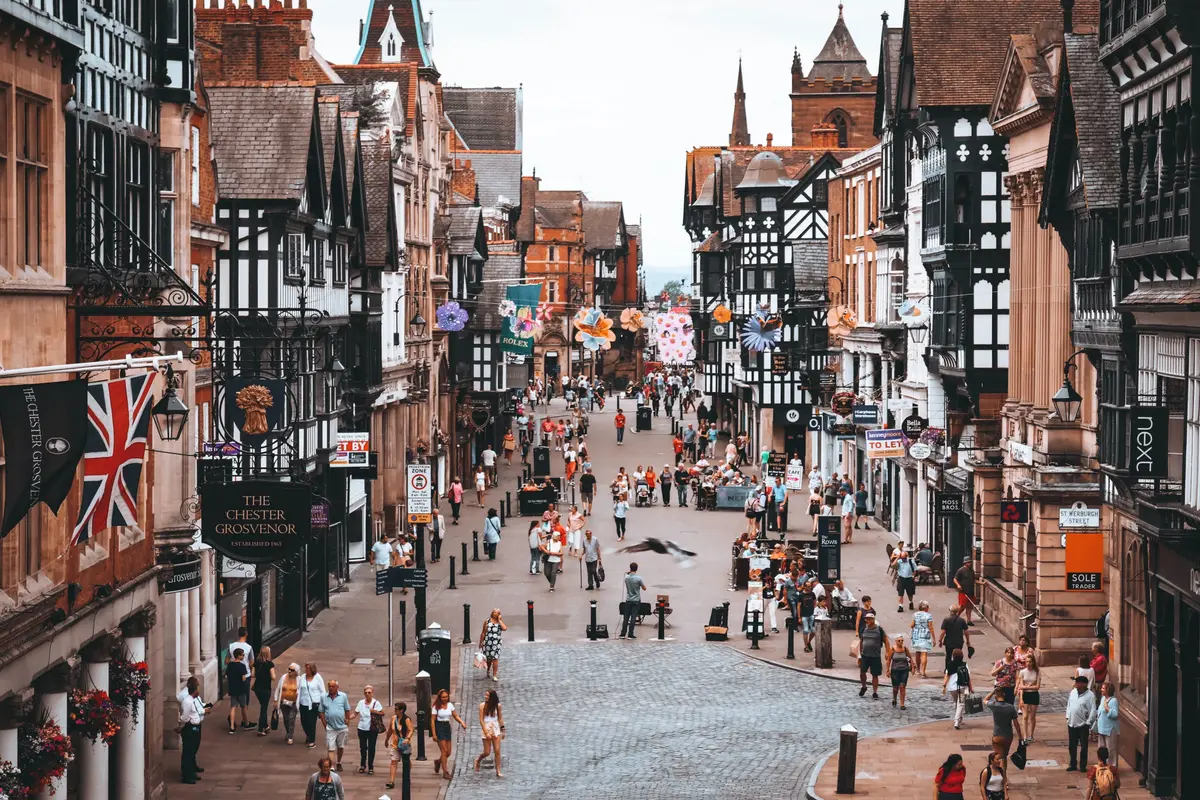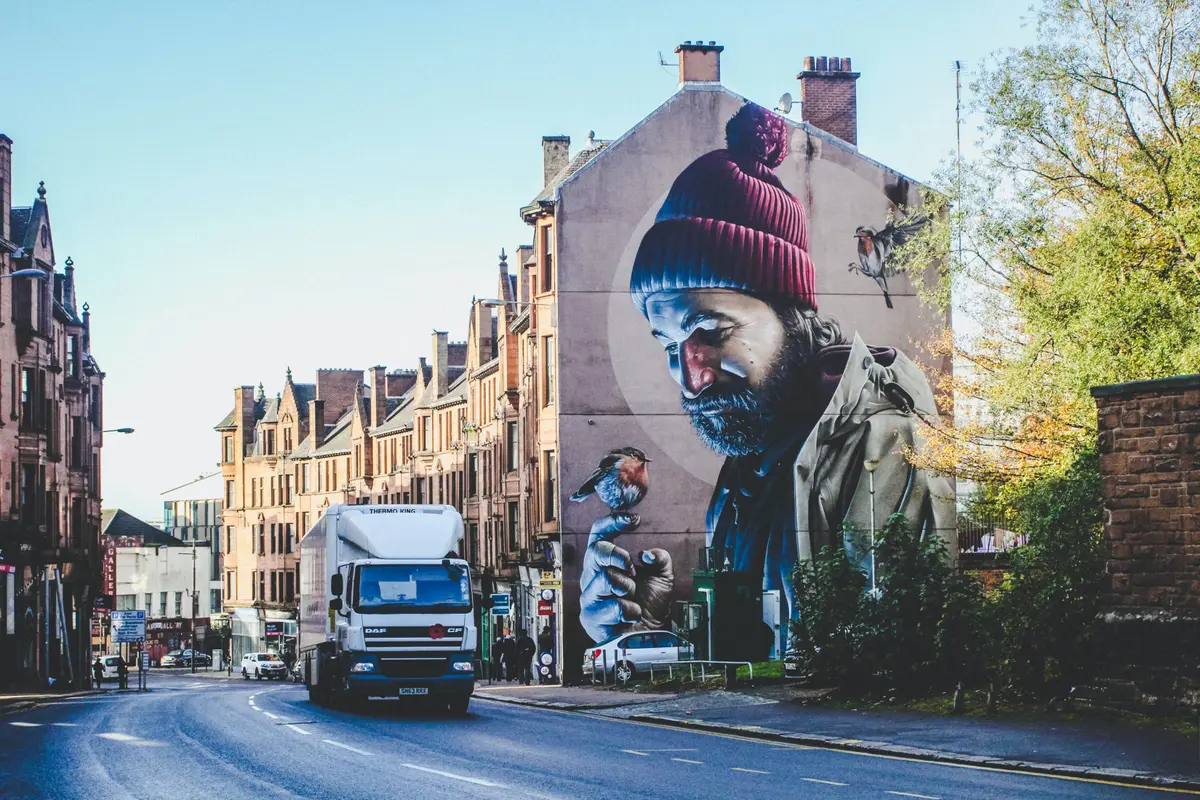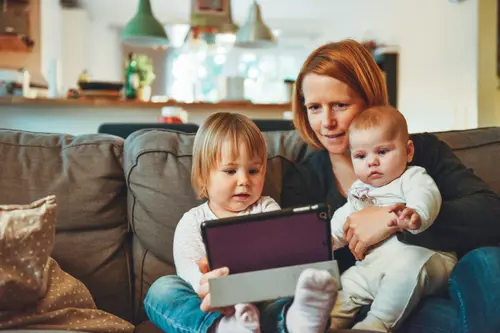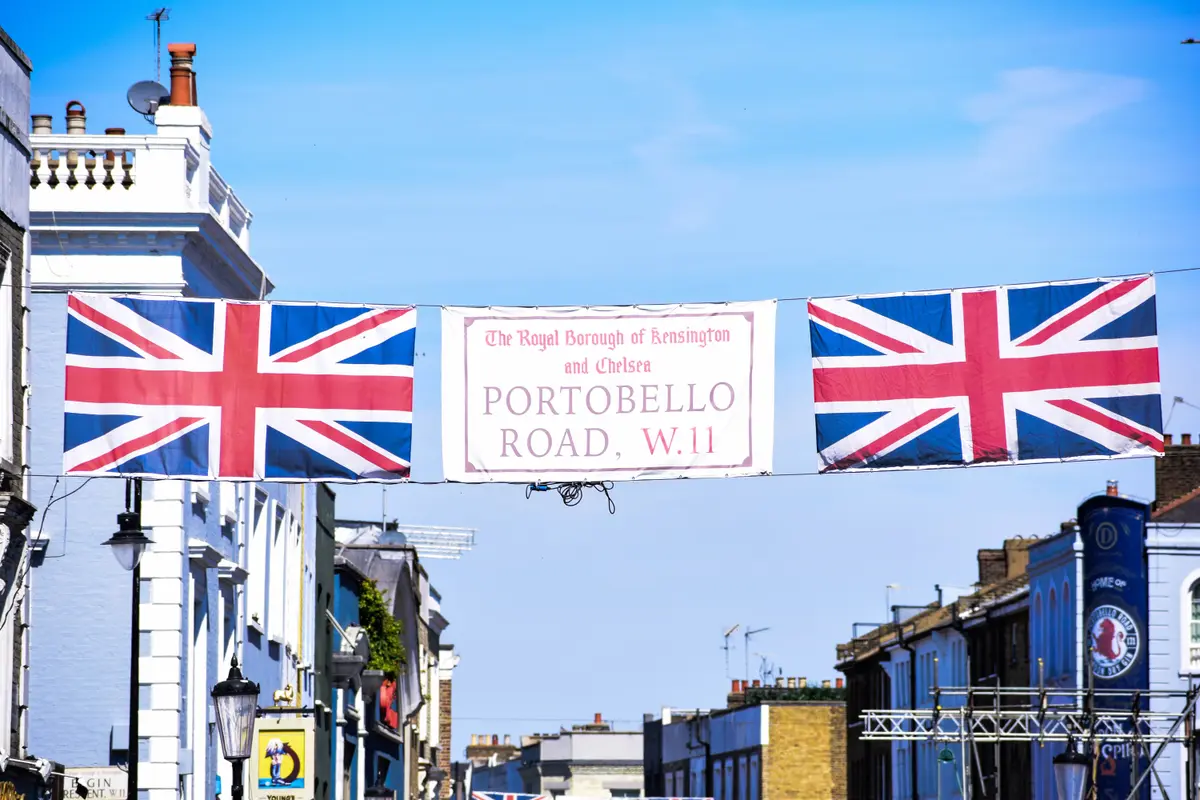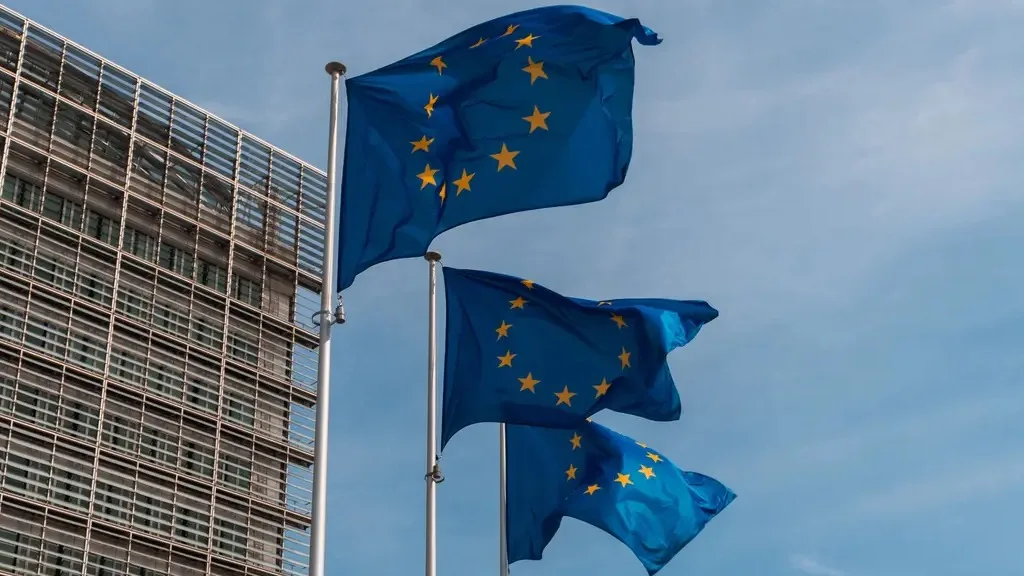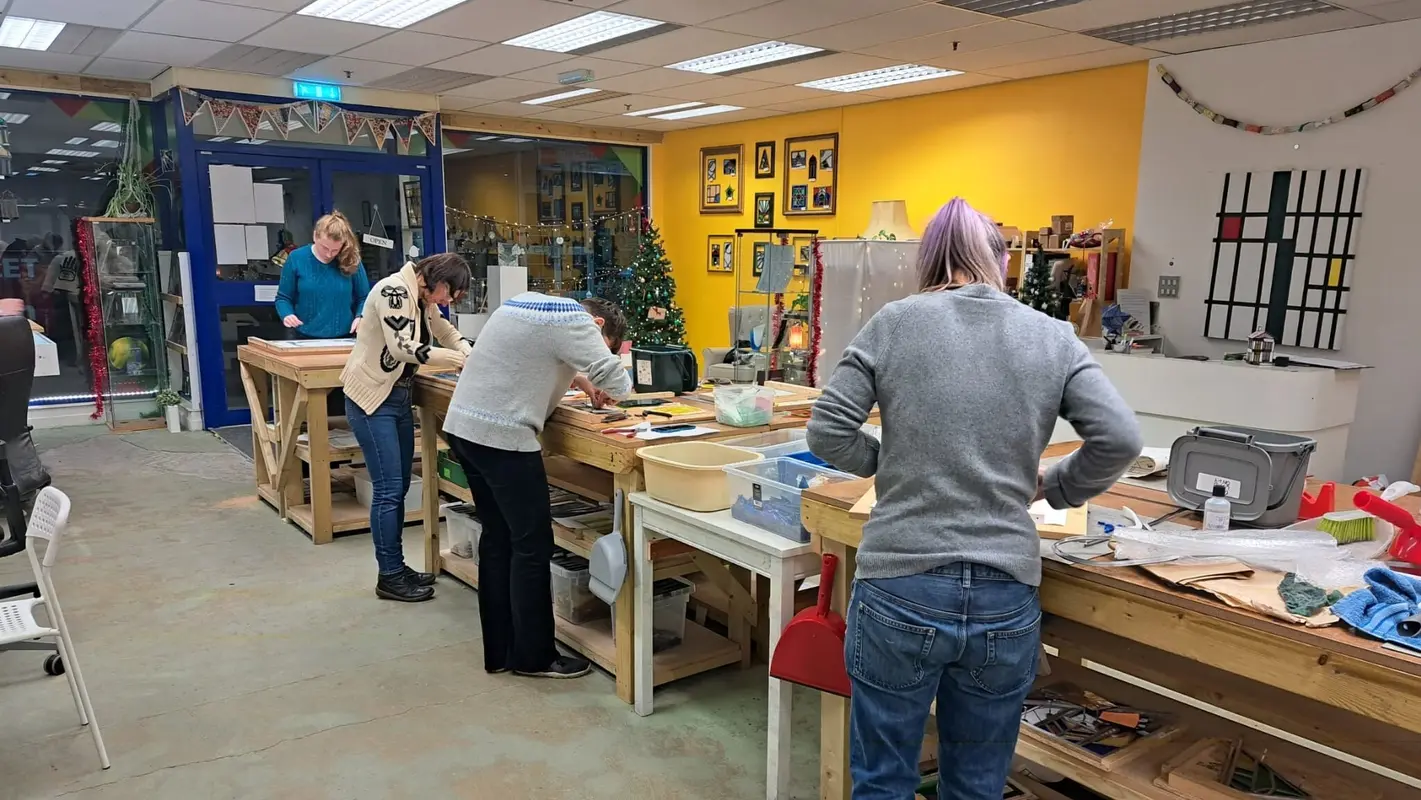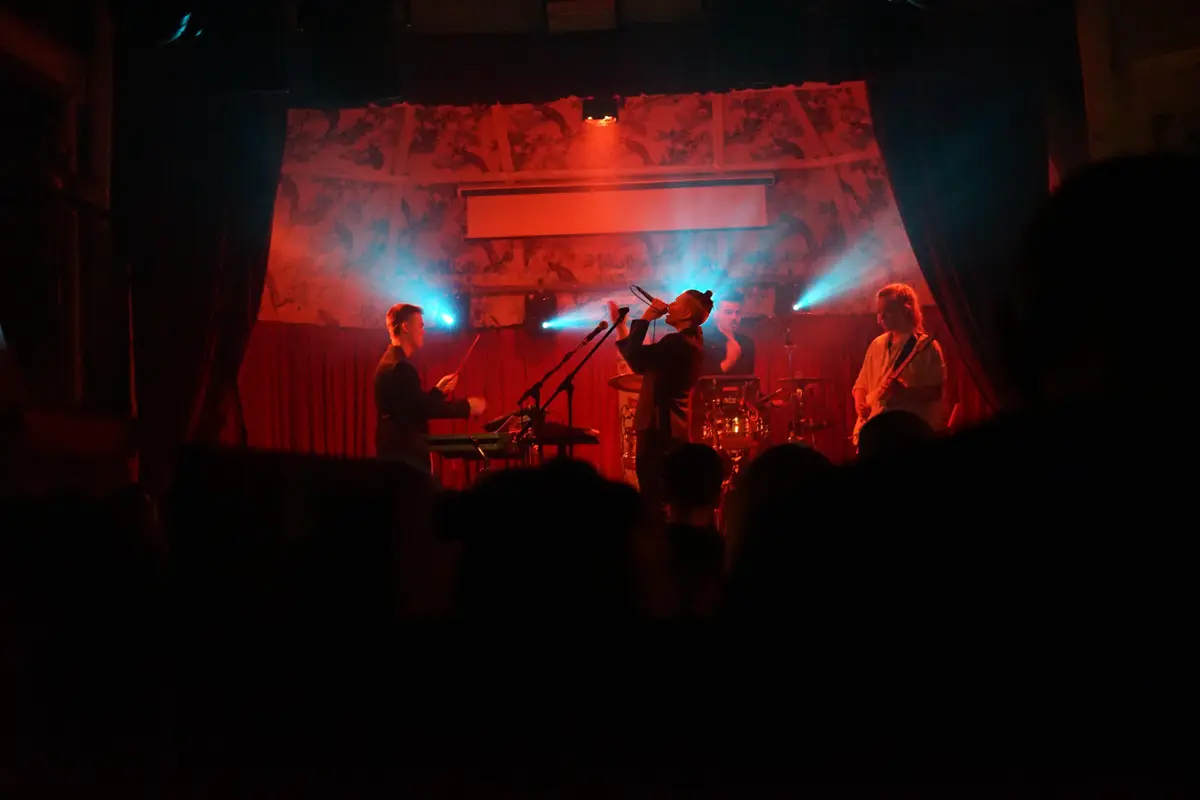This Discussion Paper was commissioned by the Creative Industries Policy and Evidence Centre (PEC) and delivered by AEA Consulting (AEA) in partnership with Professor Geoffrey Crossick.
It explores the relationships that exist between ‘anchor’ cultural institutions and local creative industry businesses within shared locales and calls for more formal coordination, tailored local funding and targeted R&D to better facilitate knowledge exchange and supply chain interaction.
The paper uses Culture Mile in London and compares to five cultural districts as case studies; Culture Mile in London, Salford Quays, Newcastle/Gateshead Quays, Better Bankside in London, Bristol Harbourside, and Dundee Waterfront, to explore the relationships that exist between large not-for-profit cultural institutions in these areas (e.g. Watershed Bristol, V&A Dundee) and local creative industry businesses.
Over 150 cultural sector representatives including business owners and freelancers took part in the research. It focused on interactions within three specific themes of area branding and placemaking, knowledge exchange, skills development and networking and supply chain interactions.
The report finds that ‘master-planned’ cultural districts have a significant impact on area branding and placemaking and that they strengthen the pull of creative businesses. Universally representatives from creative industry businesses reported that the presence of larger anchor cultural institutions supported the character of their local area and made it a more attractive place to visit and work. The report puts forward a number of measures that could be employed to encourage greater knowledge exchange and supply chain interaction.
There is a need for more coordinated neighborhood networks to support awareness of creative businesses in the locality. Such networks could be facilitated by local councils or by universities, where present. Local and national funders should consider targeted investment for research and development (R&D) project collaboration to stimulate cross-sector innovation and encourage new business opportunities.
A number of cultural organisations suggested that councils could play a bridging role in cultivating relationships. It was noted that the move to more online programming and the need for high-quality audience experience provides an opportunity for cultural institutions to engage more with local specialist digital companies.
Large scale cultural institutions can and do support local creatives through hosting talks and networking sessions and providing subsidised studio and work spaces.
Related Discussion Papers
Regional Trade Agreements, Cultural Provisions and Trade in Cultural Goods
Analysing the impact of Regional Trade Agreements on the bilateral trade of cultural goods from 1999…
International Trade Challenges and the Effectiveness of Support Measures for the UK’s Creative Industries
The formidable challenges confronting the UK’s creative industries in the realm of exports, st…
Northern England’s Creative Industries
The Creative Industries are already a driver of growth across the UK economy. Export-intensive and m…
Creative Destruction? Creative firms, workers and residential gentrification
A new study by Tasos Kitsos, Max Nathan, and Diana Gutierrez-Posada finds only a minor influence of …
Speaking with One Voice
A fundamental remit of the BBC, and other public service broadcasters (PSBs) like ITV and Channel 4,…
Transitioning to Sustainable Production across the UK Theatre Sector
This discussion paper examines transitional pathways to sustainable theatre production in the UK. By…
Identifying and analysing UK fashion micro-clusters
The UK’s Fashion and Textiles industry contributed almost £20 billion to the UK economy in 202…
Net Zero as a catalyst in fashion micro and small enterprises
This report identifies examples of work taking place across three levels of change – social, e…
The Motives of Inbound Foreign Direct Investors in the UK Creative Industries
The UK’s creative industries have a global reach. British arts, technology, and design are internati…
Brexit uncertainty and international trade in services: Evidence from the UK creative industries 2014-2019
This discussion paper is based on one of the first studies to look at the impact of Brexit on the Cr…
Working Together – Cooperatives as a creative industry business model
This authors looks at how creative workers and students typically understand cooperatives, explore t…
Building sustainable regional music industry clusters
This report looks at the role the creative industries can play for the Levelling Up agenda, as well …
